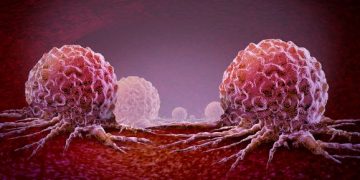Once diagnosed with leukemia, you will undergo a treatment plan. Depending on your type of leukemia, you may be treated in a hospital or at home. Your doctor will work with you to decide what to do and will describe the likely results, timeframes and side effects of each option. It is important to learn as much as you can about the kind of leukemia you have, so you can understand your treatment options. It is also helpful to have a good support system in place.
The goal of your treatment is to achieve remission, in which blood cell counts return to normal levels and any signs or symptoms disappear. Your doctors will use drugs or other therapies to kill the cancer cells in your blood and bone marrow, and prevent them from spreading to other parts of your body. Treatment usually begins with induction therapy, which is given over four to six weeks. This is followed by consolidation therapy, which destroys any remaining undetected cancer cells and prevents the leukemia from returning (relapse). Your doctors will probably recommend a combination of therapies to get the best result.
Your doctors will order tests to find out how advanced your leukemia is and what kind it is. These will include a complete blood count, a smear that looks at immature cells and a bone marrow biopsy to check the condition of your marrow. A spinal tap, in which fluid from around your spine is withdrawn with a needle, can help doctors see if cancer has spread to your brain or other organs. Your doctors will also order imaging tests, such as X-rays and CT or MRI scans to look for other signs of leukemia and to check whether the cancer has spread.

You will probably need chemotherapy to treat your leukemia. The drugs used are varied and they are given as pills, injections or fluids infused through a tube inserted into a vein or into your cerebrospinal fluid. They are often combined with other therapies, such as radiation therapy or stem cell transplantation. Side effects from chemotherapy can be severe and may affect your quality of life, but there are strategies to limit them.
In addition to the main types of leukemia treatments, there are other experimental therapies that can be explored through clinical trials. These may include immunotherapy, which works by blocking the proteins that cancer cells use to hide from your immune system; and chimeric antigen receptor (CAR)-T cell therapy, which takes your own disease-fighting T cells and modifies them to target leukemia cells.
Many people with leukemia worry that their cancer will come back. Although most patients are in remission, it’s important to continue to have regular checkups. These will help your doctors know how well the treatment is working and if it’s time to switch to another therapy. You can also get emotional support by talking with family members, friends or a cancer support group. This is especially important if your diagnosis is serious.








